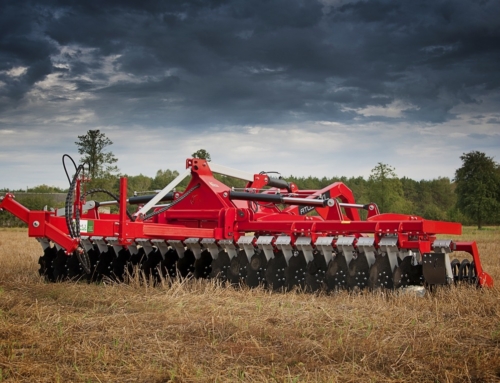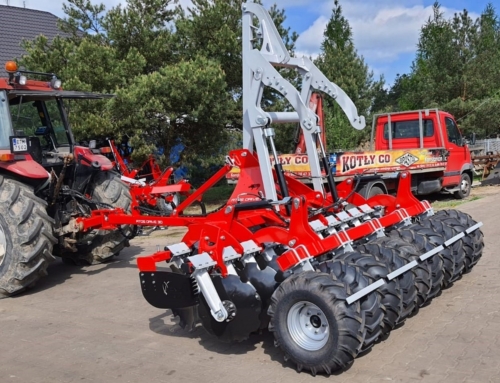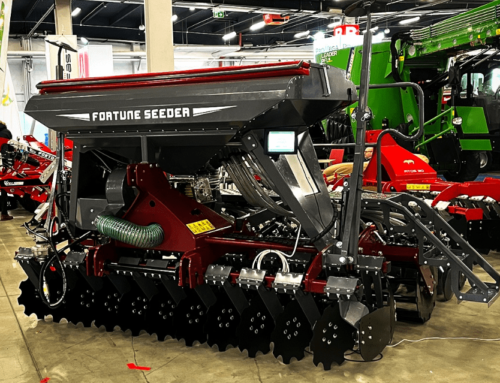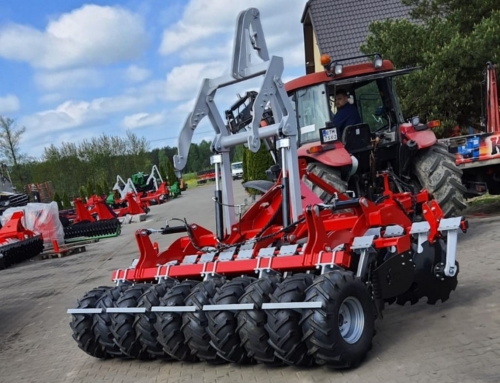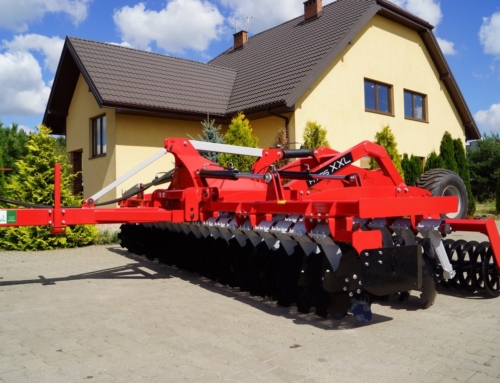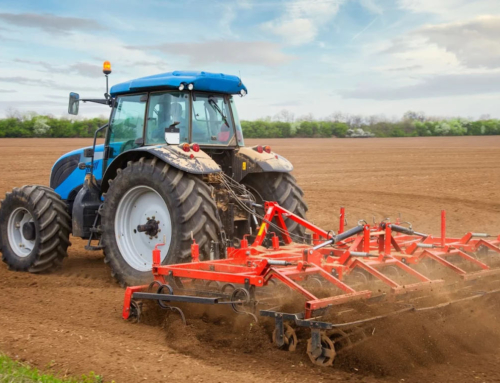Pre-sowing tillage it is a process that is extremely important for the success of the entire growing season. Proper soil preparation before sowing has a decisive impact on further yields. In this article, we will focus on the key factors that determine the success of this important phase of cultivation.
- Soil analysis
- Choosing the right equipment
- Correct planning
- Improving the condition of the soil
- Weed and pest monitoring and management
- Atmospheric conditions
- What machines are used in pre-sowing cultivation?
Soil analysis
Both the structure and composition of the soil have a decisive impact on the selection of appropriate cultivation methods and, consequently, on the selection of the necessary equipment and agricultural techniques. For example, heavy soils typically require more intensive work to improve soil structure and permeability, while light soils may require additional application of nutrients to achieve optimal conditions for plant growth.
Taking this into account, it is crucial to thoroughly understand the specificity of your soil - its structure, mineral composition and physico-chemical properties. This knowledge is a fundamental starting point for effective and sustainable farming, allowing you to adapt the method and technology to individual soil conditions.
Choosing the right equipment
Modern agriculture is becoming more and more technological, and choosing the right equipment is important for efficiency pre-sowing tillage. Different agricultural machines are designed to perform different functions - from loosening the soil and removing weeds, to leveling and preparing the soil for sowing. Hence, the choice of an appropriate agricultural unit, such as models OPORTO, DEEPER or ATOS offered by the company AMJ AGRO, can significantly improve the effectiveness of cultivation.
Correct planning
Proper planning is essential for success in any field, including agriculture. Setting a plan for pre-sowing tillage should include time management to ensure that all activities are completed in a timely manner. Depending on the weather, dates may be moved, so it is important to have a flexible plan that allows you to adapt to unforeseen circumstances.
Improving the condition of the soil
Maintaining optimal soil conditions is a key element to success pre-sowing tillage. This commitment includes maintaining and improving the soil structure through regular fertilization practices, both organic and mineral, as well as growing specialized plants.
Implementation of various strategies, such as crop rotation or sowing catch crops, can have a significant, long-term impact on the condition of the soil and, consequently, on the quality and quantity of crops obtained. Knowledge of the specific needs of our soil allows us to apply personalized approaches that ultimately contribute to increasing the productivity and sustainability of our crops, while maintaining environmental sustainability.
Weed and pest monitoring and management
Weeds and pests can negatively affect crops, so it is important to effectively monitor their presence and take appropriate actions. Early detection and control prevents their spread and limits the damage. There are many methods of weed and pest control, such as the use of herbicides, natural enemies or biological techniques, which must be adapted to the specific conditions and requirements of the crop.
Atmospheric conditions
Atmospheric conditions, i.e. rainfall, temperature and air humidity, have a direct impact on the development of plants. For this reason, monitoring these factors and adapting cultivation activities to changing conditions is extremely important. For example, in the event of excessive rainfall, preventive measures can be taken such as drainage or using more water-resistant plant varieties. However, in the case of drought, techniques that optimize water management, such as irrigation systems, can be used.
What machines are used in pre-sowing cultivation?
W pre-sowing cultivation There are many different agricultural machines and tools that can be used depending on specific needs and soil conditions. Here are a few of them:
- Plow – used for deep digging of the soil, which helps improve its structure and remove weeds. There are different types plows, such as reversible plows, stubble plows or flat plows, which differ in the way they operate and the depth of digging the earth,
- Disc harrow – consists of rotating discs that crush and mix the soil. It helps loosen the surface layer of soil, remove weeds and create an even surface before sowing,
- Cultivator – it is a machine used to loosen and cultivate the soil at a shallower level. Equipped with various types of teeth or blades that penetrate the soil and eliminate weeds and create optimal conditions for seedlings to emerge,
- Seeder – enables precise spreading of seeds in the field. There are many different types seeders, including pneumatic i mechanical, which allow you to adjust the amount and depth of sowing,
- cultivation roller – used after sowing to embed the seeds and ensure proper contact with the soil. The rollers have different patterns and shapes, which makes them different in their ability to sink seeds and compact the soil.


